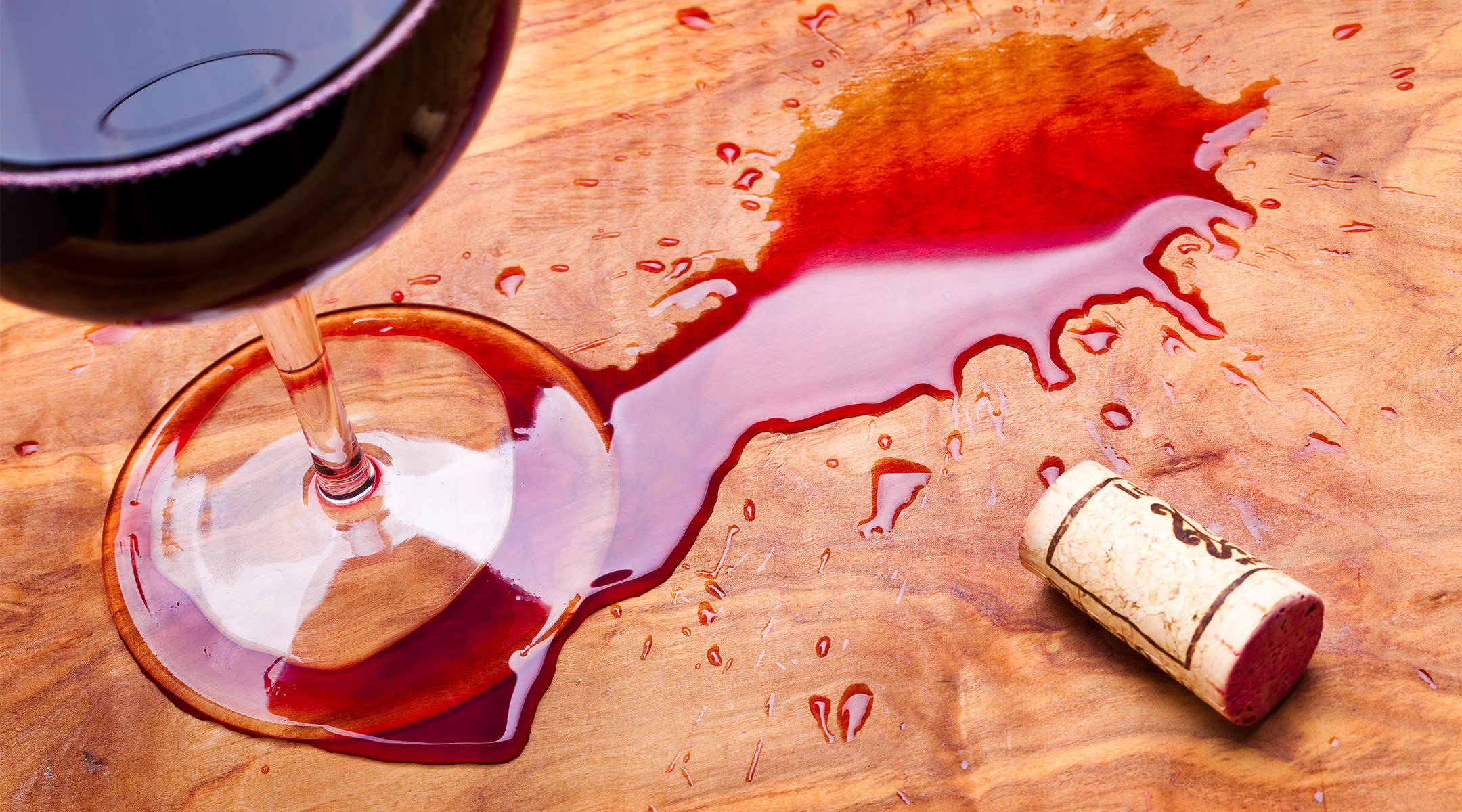Powell Black Wine: Powell Black With Merlot Rub Through Wine Cabinet

Powell Black, a fictional wine for the purposes of this exercise, is imagined as a bold, full-bodied red wine with a complex flavor profile. Its creation is a testament to the artistry of winemaking, combining careful grape selection with precise fermentation techniques to produce a truly unique drinking experience. This exploration will delve into the characteristics, production methods, and comparisons of this hypothetical wine.
Powell Black Wine: Flavor Profile and Production
Powell Black exhibits a rich, dark fruit-forward character. Expect notes of ripe blackberry, plum, and black cherry, interwoven with subtle hints of vanilla and cedar from oak aging. A moderate tannin structure provides a firm backbone, balanced by a velvety smooth mouthfeel. The finish is lingering and complex, with lingering notes of dark chocolate and spice.
The winemaking process begins with the meticulous selection of black varietal grapes, ideally those grown in a region with warm days and cool nights. These conditions are believed to contribute to optimal ripeness and concentration of flavor compounds. After harvesting, the grapes undergo gentle crushing and destemming, followed by cold soaking to extract color and flavor. Alcoholic fermentation is carried out using selected yeast strains, carefully monitored to ensure optimal temperature control. Malolactic fermentation, a secondary fermentation that softens the wine’s acidity, is often employed. Finally, the wine is aged in French oak barrels for a period of time, contributing to its complexity and structure. The precise length of oak aging would influence the final character of the wine.
Comparison with Other Black Varietals
Powell Black, in its hypothetical existence, shares similarities with other full-bodied black varietals, but also boasts unique characteristics. Compared to Cabernet Sauvignon, Powell Black might display a softer tannin structure and a more pronounced fruit profile. Compared to Syrah/Shiraz, Powell Black could exhibit less peppery spice and a smoother texture. However, these comparisons are speculative as Powell Black is a fictional wine. The specific characteristics would ultimately depend on the exact grape varietal(s) used, the terroir, and the winemaking techniques employed.
Tasting Notes Comparison: Powell Black vs. Merlot, Powell black with merlot rub through wine cabinet
| Wine | Aroma | Taste | Finish |
|---|---|---|---|
| Powell Black | Blackberry, plum, black cherry, vanilla, cedar | Ripe dark fruit, smooth tannins, moderate acidity | Lingering dark chocolate, spice |
| Merlot | Plum, cherry, blackberry, sometimes chocolate or vanilla | Medium-bodied, soft tannins, moderate acidity, often with notes of earth or herbs | Medium length, often with lingering fruit and subtle spice |
Wine Cabinet Storage and Preservation

Proper storage is crucial for maximizing the enjoyment of Powell Black wine, especially with its Merlot rub adding complexity to its flavor profile. Maintaining optimal conditions ensures the wine ages gracefully, developing its nuanced characteristics over time without premature deterioration. Neglecting these conditions can lead to undesirable changes in taste and quality.
Temperature Control for Powell Black Wine
Consistent temperature is paramount. Powell Black, like most fine wines, thrives in a cool, dark environment between 55°F and 60°F (13°C and 15°C). Fluctuations in temperature can accelerate aging, leading to premature oxidation and a loss of vibrancy in the fruit flavors and the delicate Merlot rub notes. Ideally, the wine cabinet should maintain a stable temperature within this range, minimizing any temperature swings throughout the day or across seasons.
Humidity Control for Powell Black Wine
Humidity plays a vital role in cork integrity. A relative humidity level between 50% and 70% prevents corks from drying out and shrinking, which could allow oxygen to enter the bottle and spoil the wine. Conversely, excessively high humidity can lead to mold growth on the corks and labels. Maintaining the appropriate humidity range within the wine cabinet ensures the corks remain supple and provide an airtight seal, preserving the wine’s quality.
Effects of Improper Storage on Powell Black Wine
Improper storage can significantly impact Powell Black’s quality and taste. Exposure to excessive heat can cause the wine to age prematurely, resulting in a flat, lifeless taste, with the Merlot rub notes fading or becoming unpleasant. Fluctuations in temperature can lead to oxidation, causing a loss of fruit character and the development of undesirable “cooked” or “vinegary” flavors. High humidity can lead to label damage and mold growth, while low humidity can cause cork shrinkage and air leakage.
Types of Wine Cabinets Suitable for Powell Black Wine
Several wine cabinet types offer suitable storage for Powell Black. Thermoelectric wine cabinets are a good entry-level option, offering reliable temperature control without the need for compressors. Compressor wine cabinets provide more precise temperature and humidity control, making them ideal for serious wine collectors who want to maintain optimal conditions for long-term aging. Dual-zone wine cabinets allow for storing different types of wine at their ideal temperatures, useful if you also store wines with different temperature preferences alongside your Powell Black. Regardless of the type chosen, ensure the cabinet is appropriately sized for your collection and has features to ensure consistent temperature and humidity levels.
